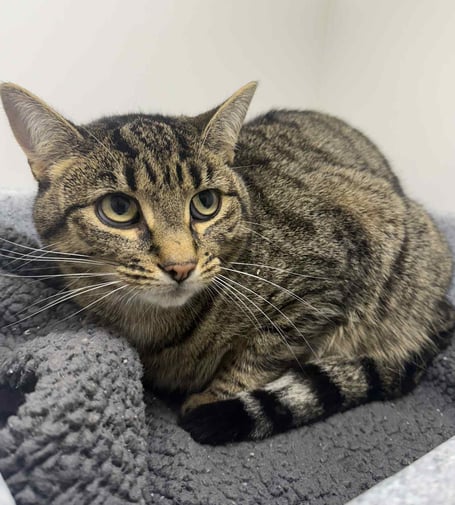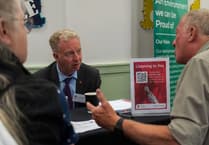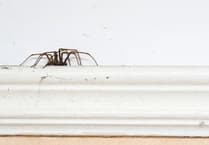Ancient Egypt (3100 BC to 332 BC) is well known for being the cradle of human civilization which, of course, means that its people had a healthy appreciation of cats.
It’s likely that cats became human companions for the first time during this period, although not all cats led a long and happy life given they were a popular creature for ritual sacrifice.
Several mummified cats and the fact that the Ancient Egyptians worshipped a goddess with the head of a cat, called Bastet, suggest that cats and humans lived alongside each other.
However, the exact circumstances leading to this co-existence are still a matter for conjecture.
In 2001 archaeologists discovered a 9,500 year-old-grave in Cyprus containing the remains of a human and a feline, hinting that cat domestication began in the Mediterranean and pre-dates Ancient Egypt.
A plausible theory was that cats in and around Cyprus may have followed early farmers and gradually become accustomed to living near or with them.
However, more recent studies that include DNA analysis have found that the Cypriot cat was, in fact, a European wild cat.
So, the focus is back to Egypt as the original site of cat domestication, and archaeologists believe that the goddess Bastet played a role in this.
She is the goddess of protection, pleasure and good health and she was first depicted with a lion’s head, but around the first millennium BC she morphed into having a cat’s head.
This transformation is believed to coincide with the rise of cat sacrifice, and the breeding of cats for this purpose from an initial stock of wild cats.
Eventually, some Ancient Egyptians will have welcomed specifically bred cats and their offspring into their homes as companions, perhaps also viewing them as excellent providers of rodent control.
The MSPCA has a large number of cats and kittens who are waiting to be welcomed into their ‘forever homes’, including Penny, a two-year-old tabby.
She came to us because her previous owners live in rented accommodation and were unable to keep a pet as part of a revised tenancy agreement with a private landlord (a problem we see a lot at the moment).
They first encountered Penny as a feral and over time she became more and more friendly, until she eventually adopted them.
As with her early ancestors in Egypt, Penny is an excellent ‘mouser’ and she enjoys the outdoor life, but accepts that humans have their uses - sleeping indoors in the winter is preferable to cold, wet nights under a shed; and having a ready supply of Felix is a lot less effort than hunting for her next meal.
Penny has lived with other cats before, but like most cats she is also perfectly happy in her own company.
We’re not sure what she’s like with dogs or young children, but she’s a playful and friendly girl who should adapt to most households.
She’s also in excellent health, microchipped and spayed, and she will go to her new home with four weeks’ free pet insurance.
Our cattery also has a lot of kittens in it at the moment, in pretty much every colour combination possible. Most of them come from feral backgrounds or were born to feral mums at Ard Jerkyll, and they are all young enough to become domesticated, friendly pets, albeit some still need further human socialisation.
You can visit the cattery and see the more than 50 cats and kittens who are looking for their new homes any day apart from Mondays and Thursdays, between 1pm and 4pm. Don’t forget you can fill out our home finder questionnaire online now, as well as in person, by visiting our new website www.manxspca.com


.jpeg?width=209&height=140&crop=209:145,smart&quality=75)

.jpeg?width=209&height=140&crop=209:145,smart&quality=75)